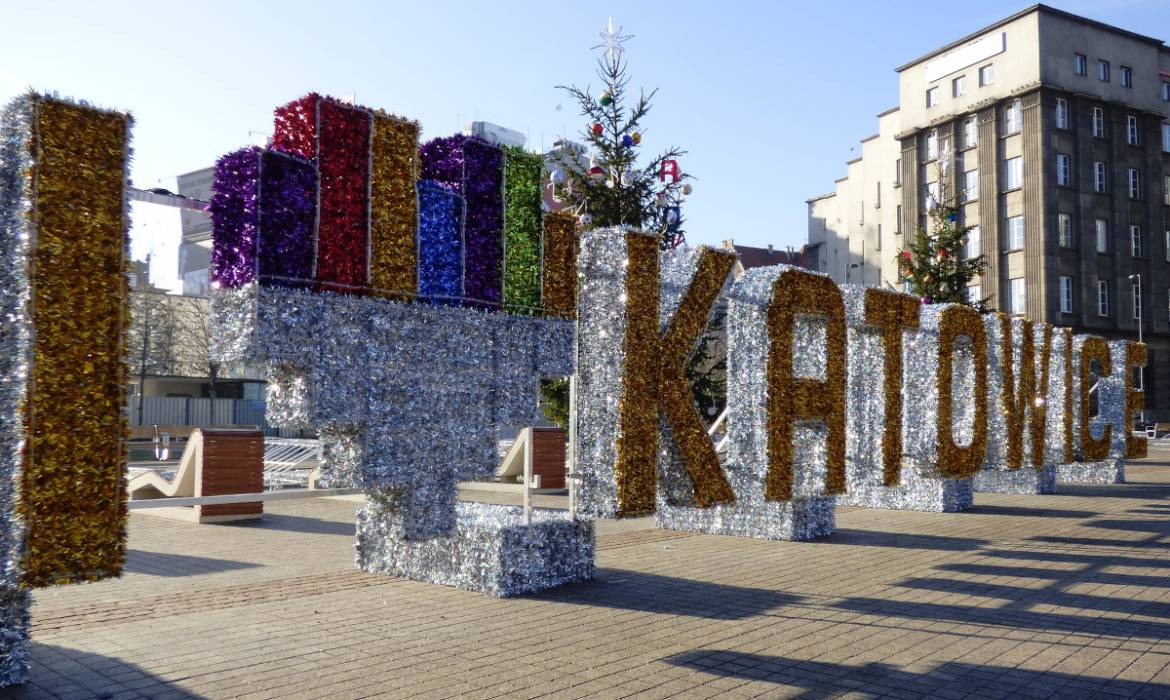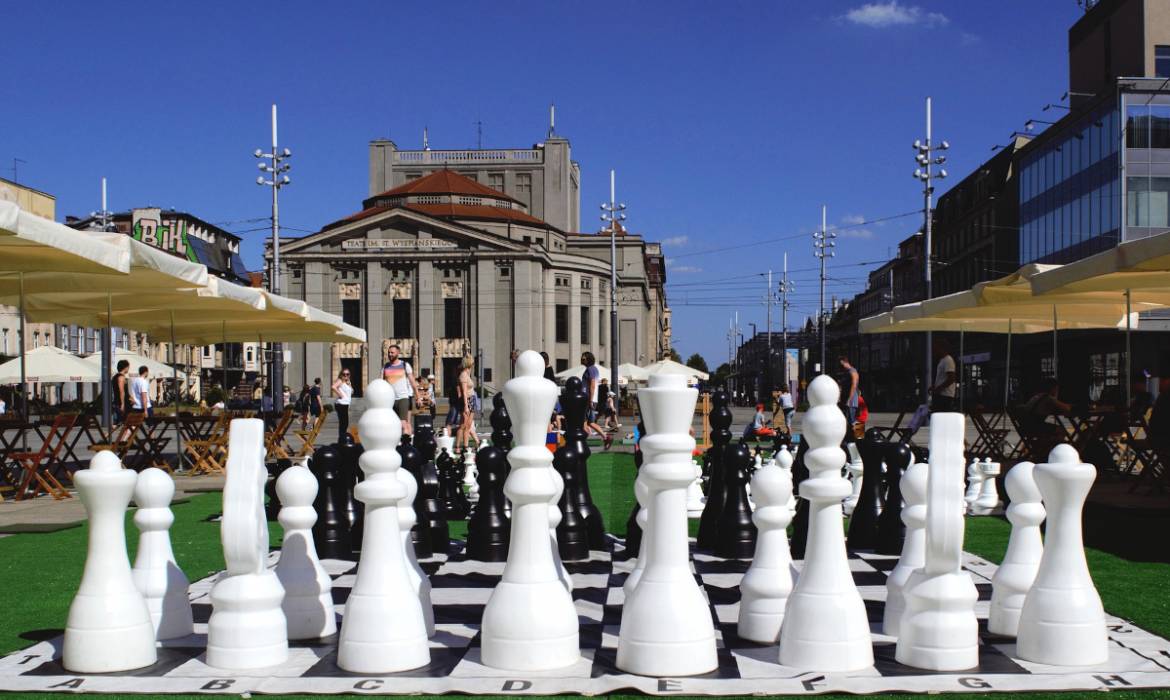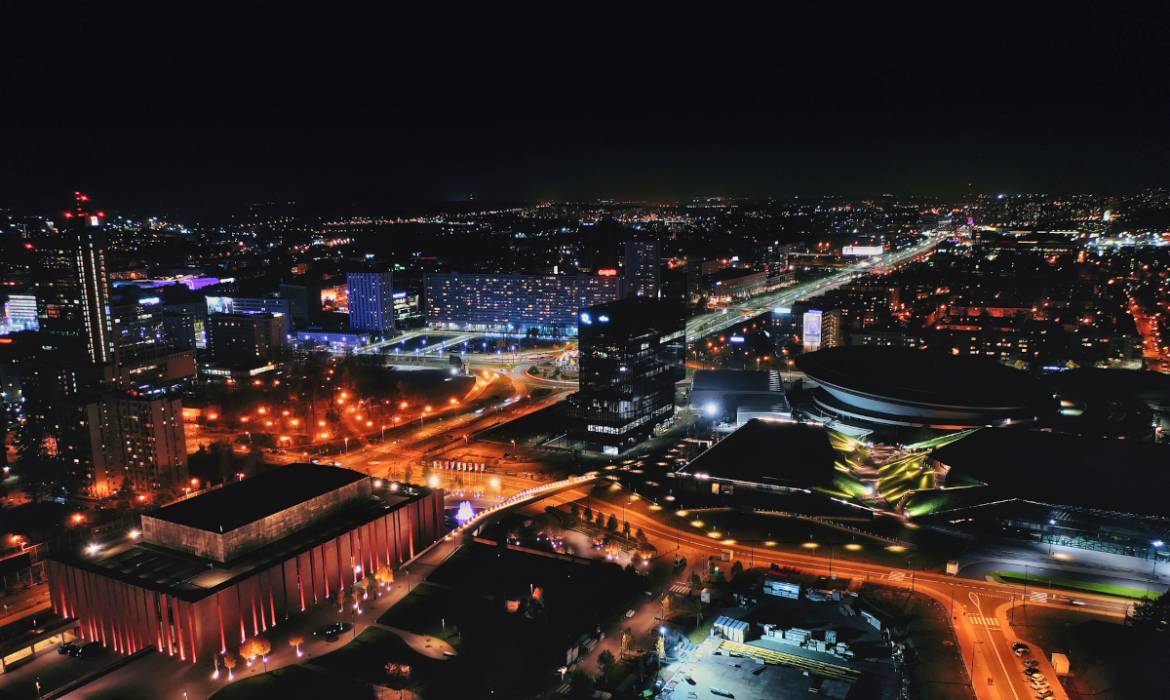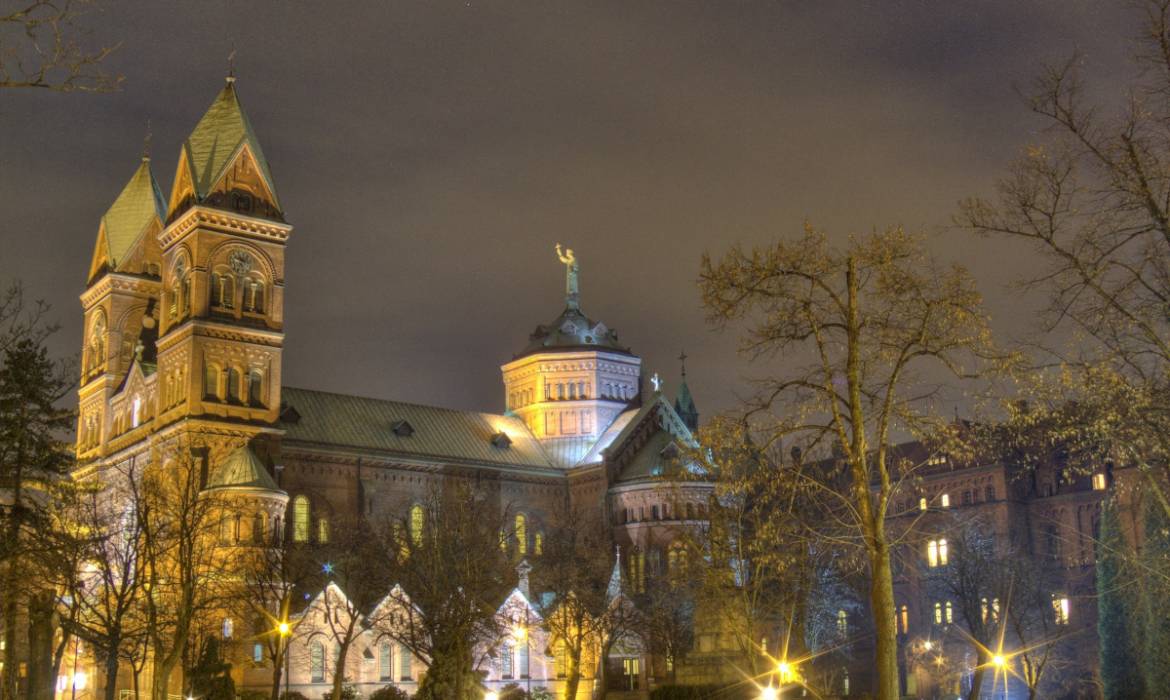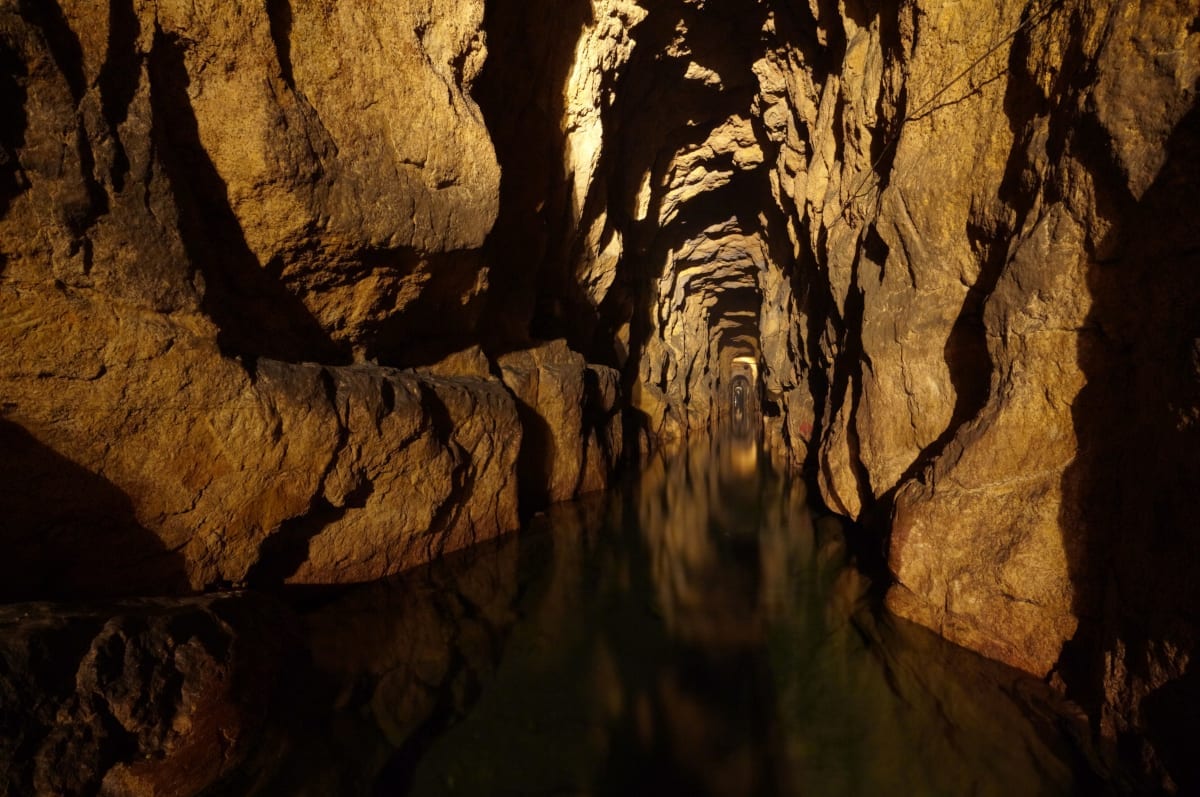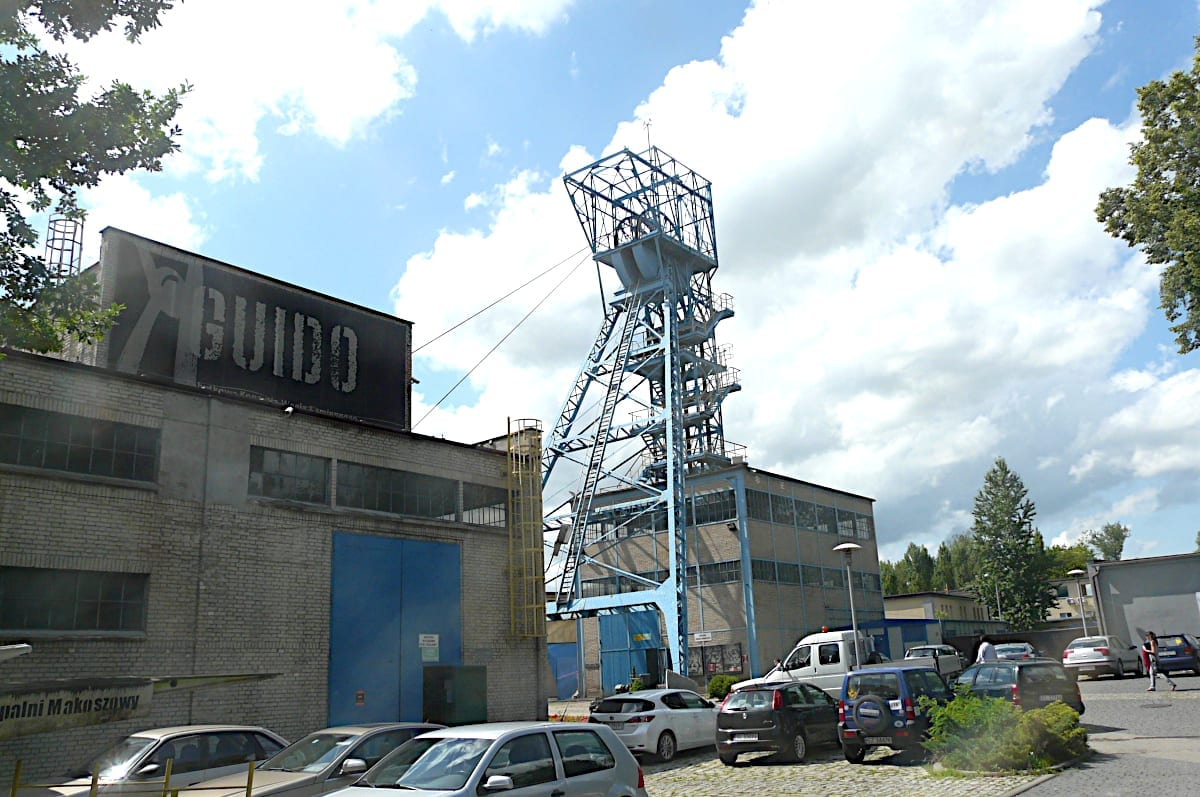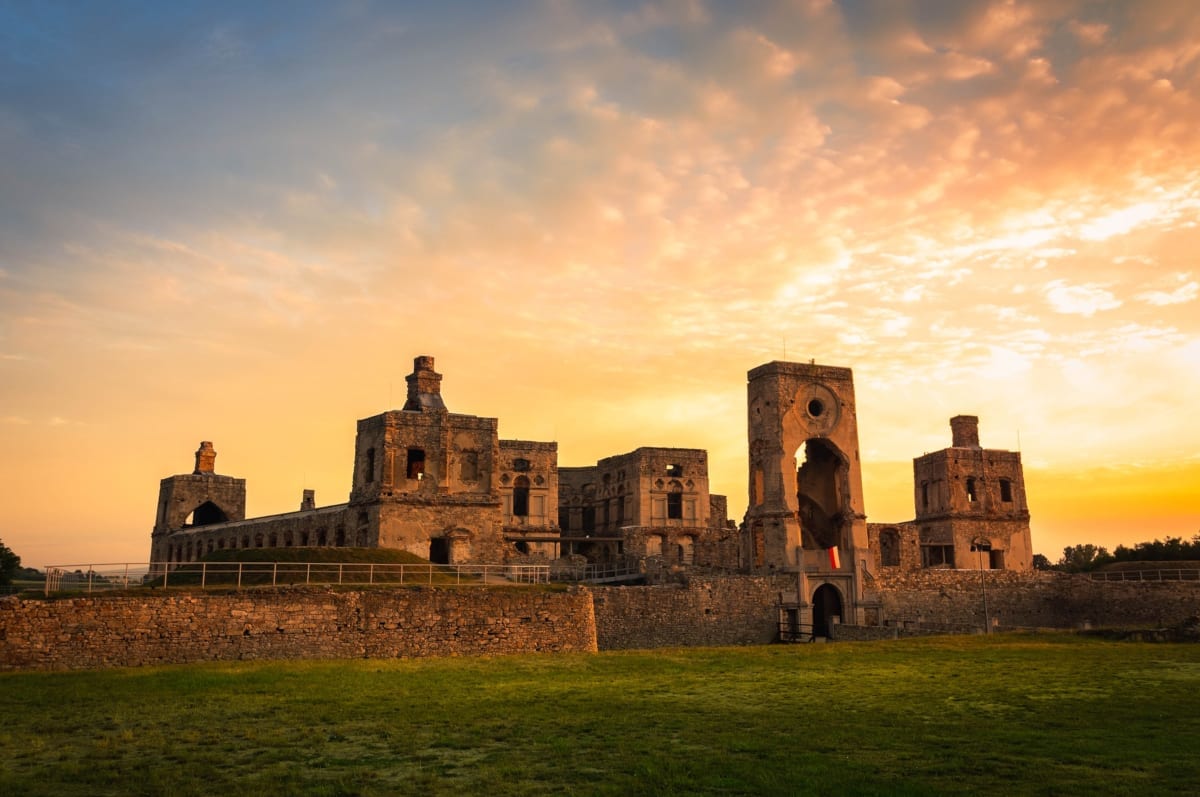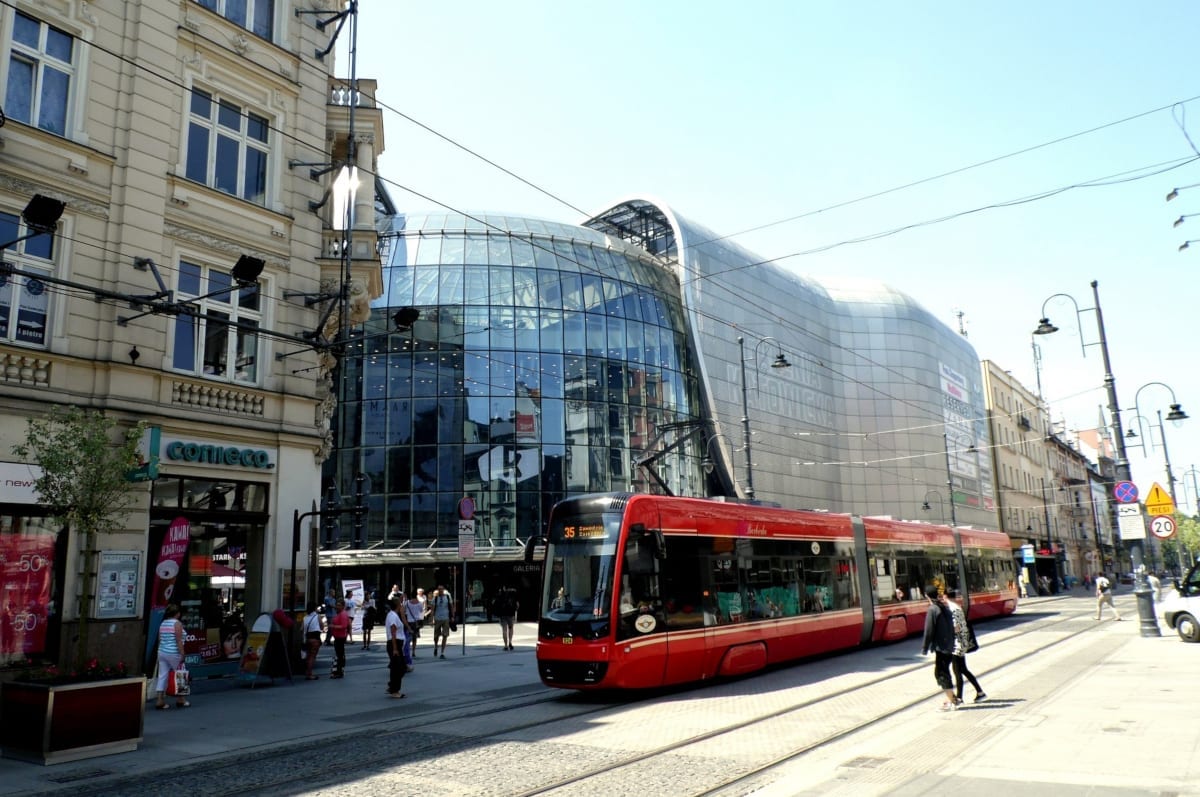
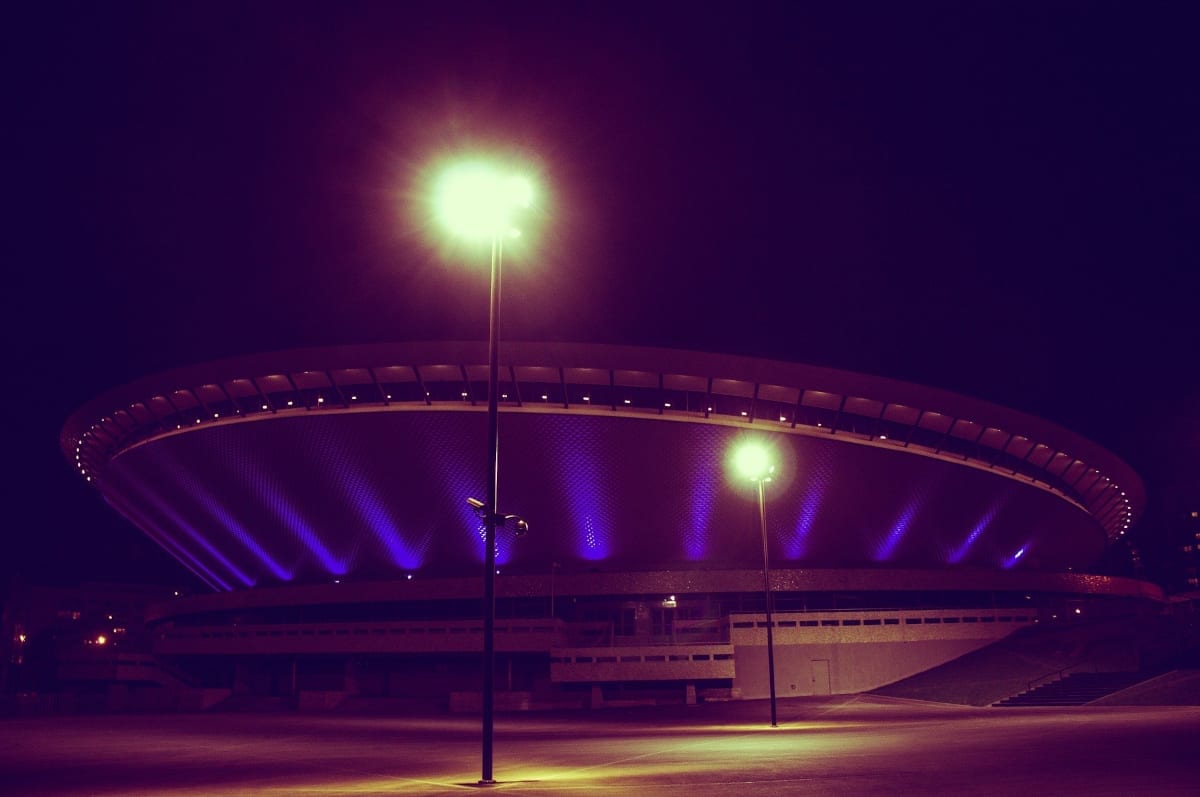
Commercial and cultural centre
Katowice is a city located in southern Poland, in the Silesian Voivodeship. It is the capital of the Silesian Region and one of the largest cities in Poland. The city has a population of around 300,000 people and is a major industrial, cultural and scientific center in the country.
Katowice was originally a small town that developed into a major industrial center during the 19th century, thanks to its rich coal deposits and the growth of the textile, metallurgy, and machinery industries. Today, it is a modern city with a developed economy and infrastructure. Katowice is also known for its rich cultural heritage, including the Silesian Museum, the Silesian Theater, and the National Polish Radio Symphony Orchestra. It also has many parks and green spaces, such as the Silesian Park, the largest urban park in Poland.
The city is also known for its music scene, it is the center of the Silesian Jazz Festival, the Tauron New Music Festival and the OFF Festival, which are all held in the city. Katowice is well connected to the rest of the country by road, rail, and air, with its own international airport. It is also easily accessible from other major cities in Poland such as Kraków and Warsaw.
Cultural centres of note include the Wyspianski Silesian Theatre, the largest theatre in Silesia, located on the market square. The Silesian Philharmonic, founded in 1945, has a well-established position in the cultural life of the region and is one of the country’s most respected musical institutions. The Silesian Museum was founded in 1929 and has a number of popular permanent exhibitions including, ‘Upper Silesia over the course of history’ which addresses sensitive issues such as the area’s German cultural heritage. The History of Katowice Museum showcases some of the more interesting aspects of the life and times of the city and its people.
Surrounding area
Katowice has plenty of green spaces and parks to enjoy, the three big ones are; Silesian Culture and Refreshment Park, Tadeusz Kosciuszko Park, and Zadole Park.
The city displays a good contrast of modern buildings and Modernist and Art Nouveau buildings from the turn of the century. The Cathedral of Christ the King is the largest archcathedral in Poland and was constructed between 1927 and 1955. Other historic buildings worth seeing include St. Stephen’s Church, Silesian Insurgents Monument, the Silesian Library, and the Goldstein Palace.
Katowice’s main high street is Ul. Mariacka, a handy 5 minute walk from the main market square. On this street and in the immediate area you’ll find the city’s bars, clubs and restaurants and during the summer months, there are plenty of beer gardens.
Katowice isn’t really a city for tourists, there’s not very much to see there; however it is a good place to socialise and spend a day or two. It is also a good base for visiting some of the attractions in the region such as the UNESCO listed Tarnowskie Góry Silver Mine, just 30km north-west of Katowice.
The mine is usually open for tourists with guided tours in several languages. The tour begins in a museum and then goes underground to visit corridors from the 18th and 19th centuries. The underground tourist route is 1,740m long, including 270m travelled in a boat through the flooded corridor. The route includes audio effects such as the sounds of miners working, running carts and blasting works.
Just 22km from Katowice is the Guido Coal Mine, a historic deep coal mine and museum in Zabrze. Two levels of Guido Coal Mine are open to visitors with depths of 170m and 320m below ground level, which makes it the deepest visitor mine in Europe.
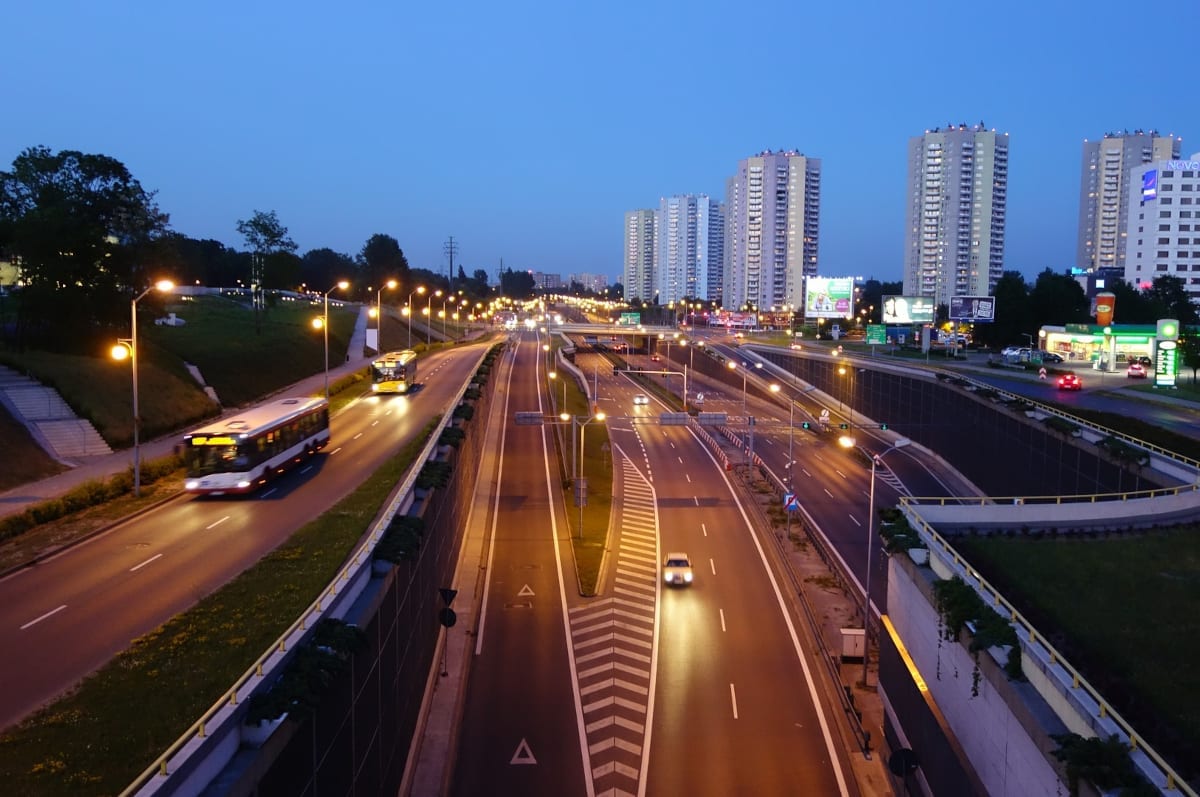


Pyrzowice Airport is located near Katowice in Upper Silesia and if they didn’t tell you that when you were booking your flight… it does take a while to get from there to Krakow. No need to worry, just book your Katowice Airport transfer and relax.



FAQ about Katowice
Q: What is Katowice known for?
A: Katowice is known for its rich industrial and cultural heritage, being a major industrial, cultural and scientific center in Poland. It is also known for its music scene as it is the center of the Silesian Jazz Festival, the Tauron New Music Festival and the OFF Festival, which are all held in the city.
Q: What is the best time to visit Katowice?
A: The best time to visit Katowice is during the summer months, from May to September, when the weather is warm and pleasant, and the city’s many outdoor attractions can be enjoyed.
Q: How do I get to Katowice?
A: Katowice can be reached by plane, train or bus. The city has its own international airport, Katowice International Airport, which has regular flights from major cities in Europe. The city is also well connected by train and bus to other major cities in Poland.
Q: What are some popular tourist attractions in Katowice?
A: Some popular tourist attractions in Katowice include the Silesian Museum, the Silesian Theater, the National Polish Radio Symphony Orchestra, the Silesian Park, the largest urban park in Poland, and the Nikiszowiec, a neighborhood of historical houses, built in the early 20th century.
Q: Are there any good hotels in Katowice?
A: There are many good hotels in Katowice to suit different budgets and preferences. Some popular options include the Hotel Monopol, the Hotel Diament Katowice Centrum, and the Hotel Mercure Katowice Centrum.
Tours & Attractions



Quality dental treatment in Poland at 50-70% off UK prices.
Combine affordable dental care with a holiday or short break



